Leaf Feeders

Lee Townsend, University of Kentucky
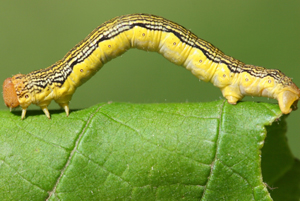
Steven Katovich, USDA Forest Service, Bugwood.org
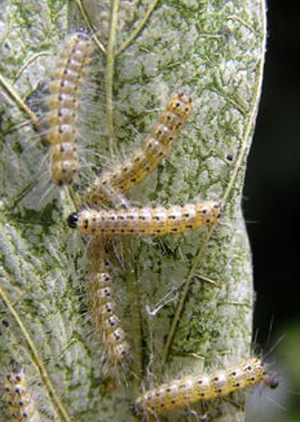
Milan Zubrik, Forest Research Institute - Slovakia, Bugwood.org
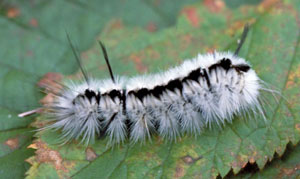
John Ghent, John Ghent, Bugwood.org
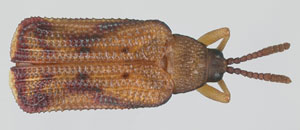
Natasha Wright, Cook's Pest Control, Bugwood.org
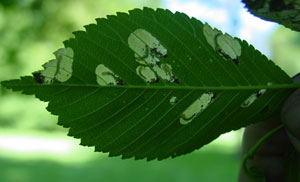
Joseph LaForest, University of Georgia, Bugwood.org
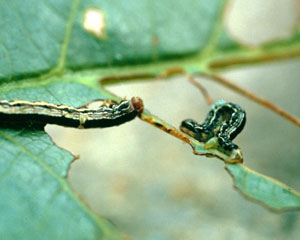
A. Steven Munson, USDA Forest Service, Bugwood.org
Sap Feeders
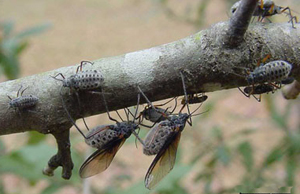
Herbert A. 'Joe' Pase III, Texas A&M Forest Service, Bugwood.org
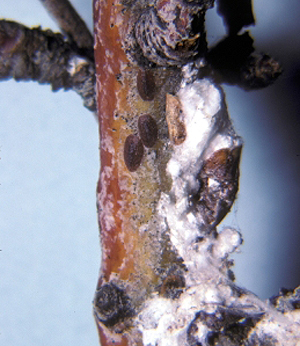
Raymond Gill, California Department of Food and Agriculture, Bugwood.org
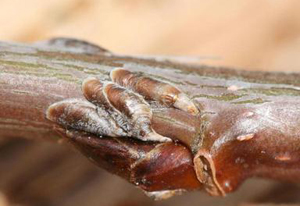
Whitney Cranshaw, Colorado State University, Bugwood.org
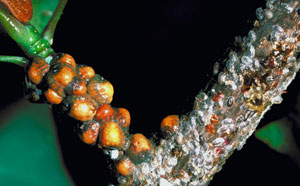
Gerald J. Lenhard, Louisiana State University, Bugwood.org
There is one generation of the tuliptree scale each year. They spend the winter in an immature stage with females maturing during late summer and laying eggs that hatch in August. For more information, see Entfact 435.